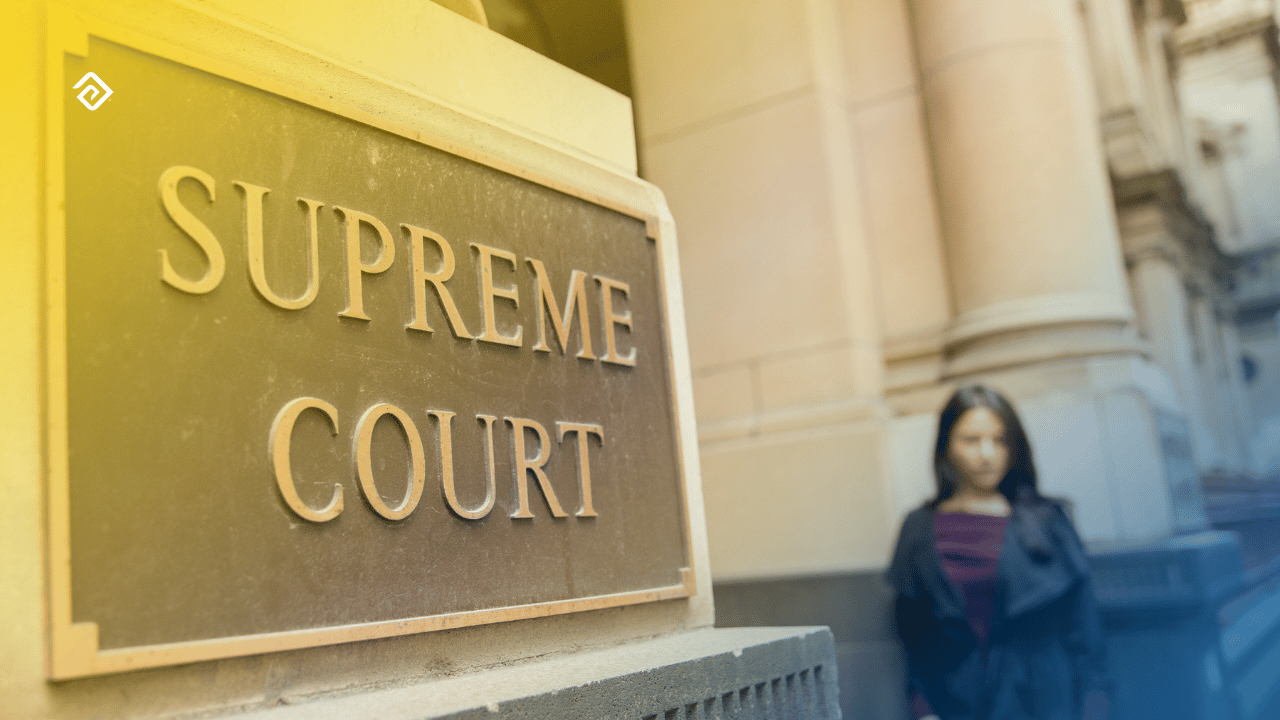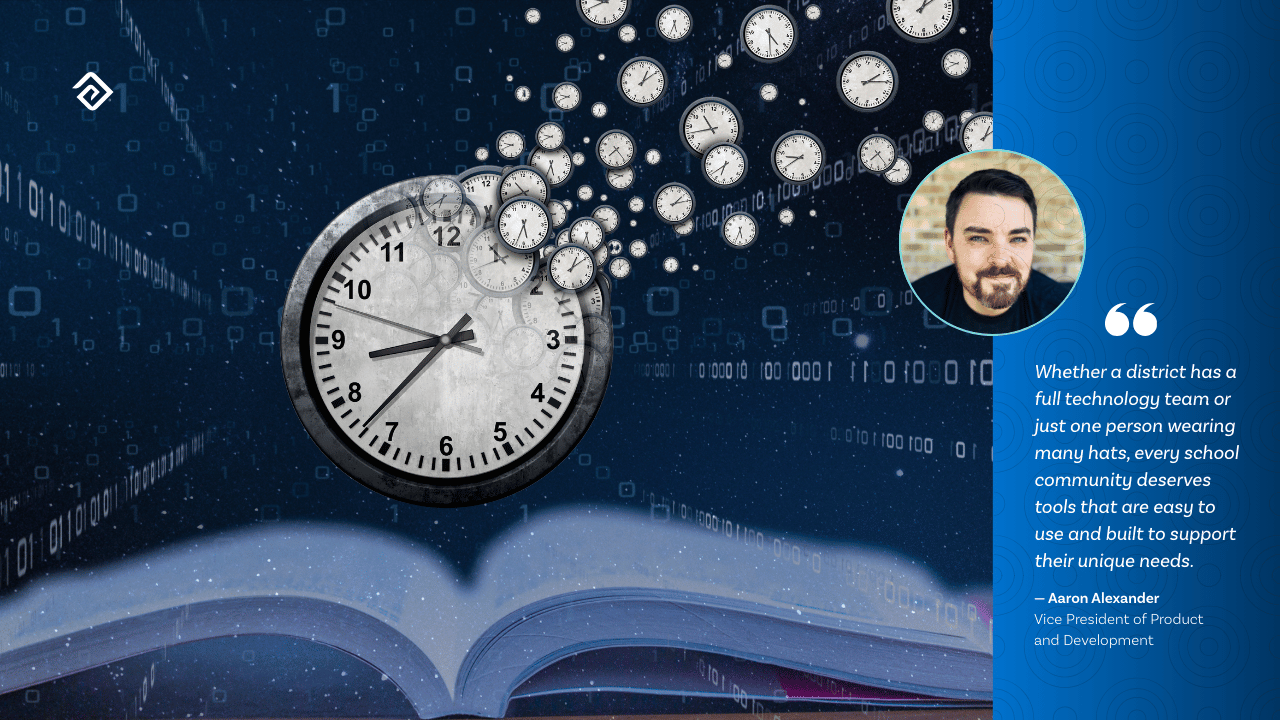What Makes A Great Lesson Plan: 9 Things To Consider
A great lesson plan provides a clear overview for learning, regardless of the material or subject you're teaching. Your lesson plans don't have to be complicated or lengthy; they should only include information on what you're preparing, how you'll teach it, and what you want your students to achieve as part of the curriculum. Quality lessons tie prior knowledge and understanding and flow easily, connecting ideas and concepts.
Factors That Make a Great Lesson Plan
- Lesson objectives
Every lesson plan must begin with determining what students will need to learn or be able to do after the session. The most exemplary objectives are action-oriented and concentrate on the class' most significant and critical learning demands. They should be quantifiable so that instructors can keep track of students' progress, verify that new ideas are grasped before moving on, and be realistic in time constraints.
2. Find related requirements
Teachers might incorporate larger objectives that expand beyond a particular session, such as critical writing or depth of understanding, in addition to the lesson's objectives. This makes it easier to connect learning to other criteria such as grade-level expectations.
In some situations school administration may establish specific expectations while in others, instructors may be required to make these determinations. In either scenario, ensure the lesson plan is in line with the school's requirements.
Examples:
- Describe the general structure of a tale, including how the beginning of the narrative initiates the action as well as how the finale brings the action to a close.
- When conducting tests, collecting measurements, or completing technical activities, follow a multistep method to the letter.
- Know how to solve real-world and quantitative issues using the volume formulas for cones, cylindrical, and hemispheres.
3. Pre-assessment: Determine the needs of your students
Are you teaching new content or revisiting what you presented in a previous session with this lesson? A quality lesson plan includes an assessment of your students, so you understand what the students need to be successful. Some of your pupils may have less background knowledge and need additional support while others have previously mastered the content and are ready for enrichment.
A preassessment can be a formal pretest but can also be a planned activity that allows students to explore the learning objectives while you gather information about their mastery levels. It is helpful to conduct your pre-assessment prior to beginning the lesson, so you have the time to plan instruction based upon current student understanding.
4. Be prepared - list the resources you need for instruction
Tools and resources that you may require during the lesson should be arranged and gathered ahead of time. Make a list of all the things you'll need to present a lesson such as paper and notebooks. Technological resources, such as laptops and integrated learning apps or webpages, should be listed as well and tested in advance to ensure smooth performance during instruction.
5. Dynamic opening
Engage your students in the lesson from the beginning of the learning. Create an experience that creates excitement in the content and makes the learning relevant for students. After all, if the students aren't invested, they will not learn at a high level. Creating enthusiasm for the learning through the use of novelty, humor, or cognitive dissonance will help launch your lesson. Helping the students find relevance about the learning will also increase engagement. Tying the learning to a student’s future goals or to current events can increase relevance. Your dynamic openings should align tightly to the learning objectives. Providing a clear statement of the learning objective often can be part of the dynamic opening.

6. Learning activities
The step-by-step overview of the session is the true essence of a lesson plan. Teachers need to divide the lesson into discrete learning activities. For example, the methods by which they will teach the material and explain what will transpire in the classroom throughout each part.
Consider the following factors to help you choose the activities for each lesson.
- How they relate to the learning objectives as well as any additional requirements or standards that students must satisfy
- Whether it's an engaging and relevant approach for pupils
- The timeframe required to complete the task
As activities account for most of the learning time, it's critical to include a range of them in a single lesson plan. Giving students new methods to explore and opportunities to apply what they've studied helps them retain what they learned while providing valuable experiences they may apply to other aspects of their lives.
7. Perform regular assessment
Is the lesson accomplishing its goals? Teachers can find out by incorporating some type of evaluation, such as checking for understanding over each chapter studied in the class. If the goal is for pupils to comprehend a subject, the instructor might have them do an activity that involves discussing or applying that idea.
If the goal is to learn a new skill or perhaps enrich an existing one, the evaluation might ask pupils to demonstrate their mastery of that talent. This phase is made easier if the goal is one that can be measured.
Examples:
- Quizzes
- In-class assignments and activities
- Group presentations and discussion
8. Close the lesson
At the end of the lesson, it is important to provide closure. There are innumerable ways to effectively close a lesson. Closure can be a short and simple statement or include a brief formative assessment. The critical attribute of closure is providing affirmation of the learning objective and clarifying any misunderstandings.
9. Evaluation and reflection
After the lecture, teachers can pause for a moment and jot down some observations from the class as well as their own opinions on the subject. Including reflection in the process provides opportunity for ongoing development, to recognize barriers to learning, and develop more effective lessons in the future.
Examples:
- What worked well, and what didn't?
- In what areas did students require the greatest assistance?
- Were the pupils able to achieve their goals? Could they set their own goals?

Final Thoughts
A lesson plan is the instructor's road map for what students should learn and how they will learn it effectively throughout the class. You must first determine the instructional outcomes before you can design your lesson. Then you may create relevant learning activities and ways for getting feedback on student progress.
Good lesson preparation is critical to teaching and student learning. A well-prepared instructor increases the likelihood of a successful lesson for all learners. Creating relevant lessons takes time and commitment, but the end result can make a world of difference in a student’s education and life.

More Great Content
We know you'll love



